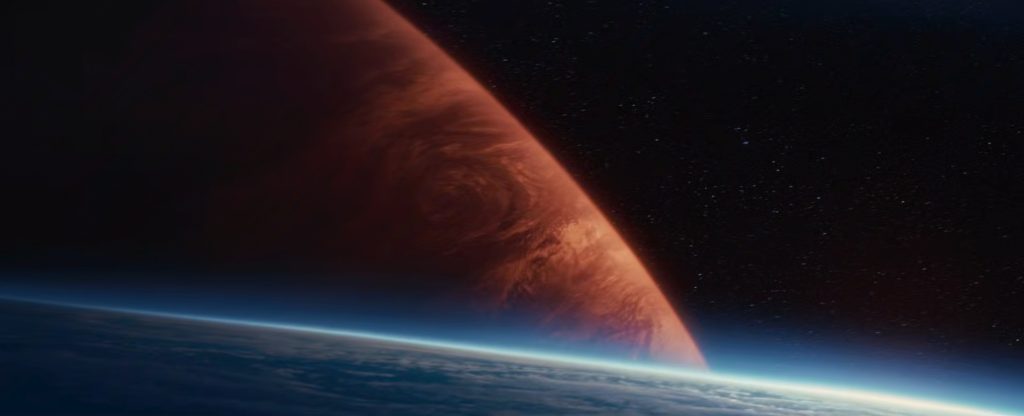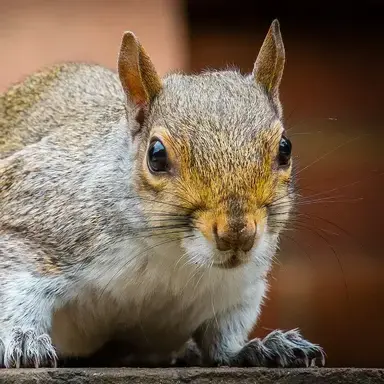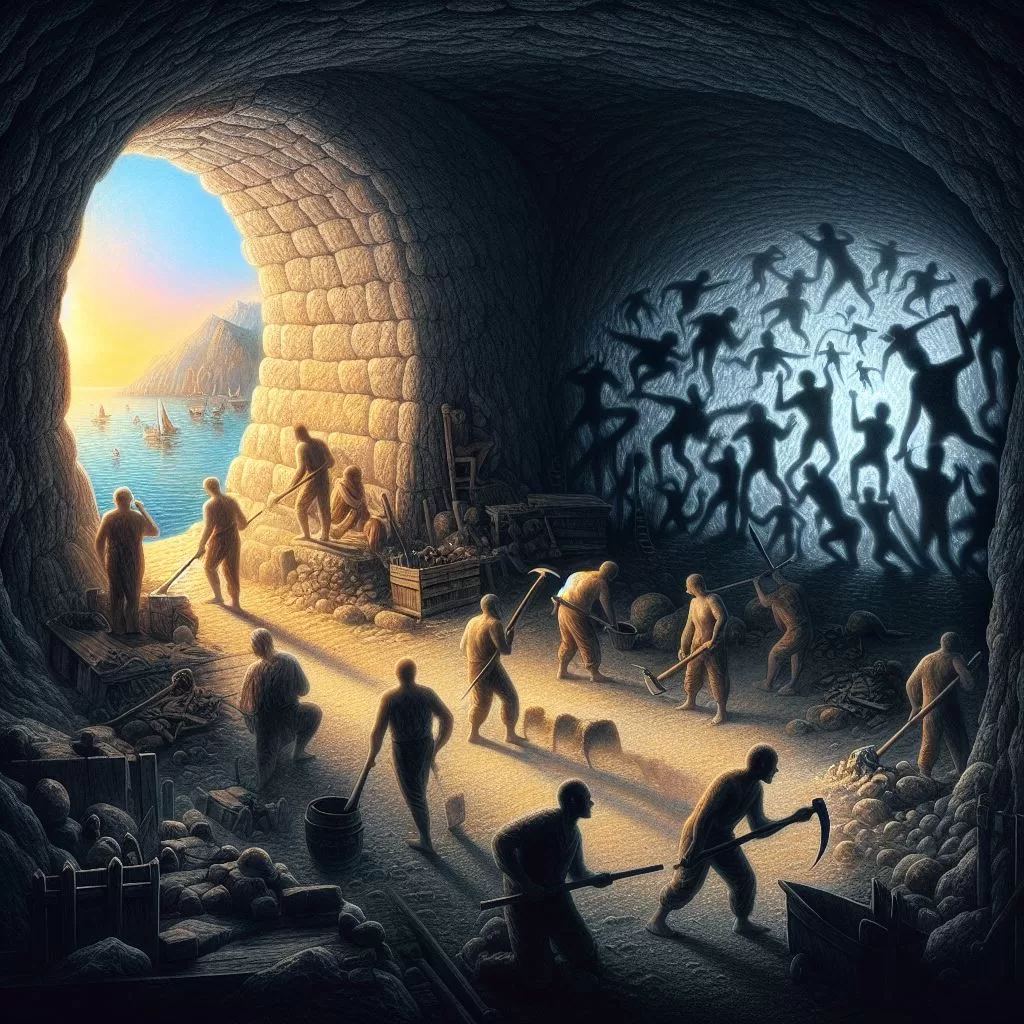The Messenger’s Burden
© 2025 Cydonis Heavy Industries, (C.H.I), Ltd. All rights reserved.
(v0.02a Release #tag “Dodge This!”)

Ratatoskr’s claws clicked against the rough bark of Yggdrasil as he scurried up the World Tree’s massive trunk, his russet tail twitching with barely contained irritation. Another day, another insult to carry between the eagle perched in the crown and the dragon gnawing at the roots far below.
“Tell that worm-breath Níðhöggr,” the great eagle Hræsvelgr had squawked from his lofty perch, “that his pathetic gnawing couldn’t fell a sapling, let alone the mighty Yggdrasil!”
The squirrel paused mid-climb, his whiskers twitching. For centuries—perhaps millennia—he had carried messages like this between the two ancient enemies. Insults, boasts, threats, and challenges that grew more elaborate and venomous with each exchange. Neither the eagle nor the dragon had ever actually met, separated as they were by the impossible height of the World Tree. They knew each other only through Ratatoskr’s translations.
*Translations,* he mused as he resumed his descent toward the roots. That was putting it generously.
The truth was, Ratatoskr had grown weary of the endless cycle of spite. What had begun as faithful message-carrying had slowly transformed into something else entirely. The eagle’s casual dismissal became a detailed mockery of the dragon’s appearance in Ratatoskr’s retelling. The dragon’s grumbled complaints turned into elaborate curses against the eagle’s lineage.
He reached the gnarled roots where Níðhöggr lay coiled, his serpentine form wrapped around the base of Yggdrasil. The dragon’s massive head lifted as Ratatoskr approached, sulfurous eyes gleaming in the perpetual twilight of the root-realm.
“Well, little messenger?” Níðhöggr’s voice rumbled like distant thunder. “What does the feathered fool say now?”
Ratatoskr perched on a root just out of reach of the dragon’s snapping jaws—a habit born of long experience. “He says your efforts to topple the World Tree are… impressive,” he began carefully. “In fact, he wonders if you might share some of your technique, as he’s grown curious about what it takes to truly test Yggdrasil’s strength.”
The dragon’s eyes narrowed. This was not the usual fare of insults he expected. “He… respects my work?”
“Oh yes,” Ratatoskr nodded, his tail swishing. “He mentioned something about recognizing a fellow guardian of cosmic balance.”
For the first time in eons, Níðhöggr looked genuinely surprised. He was quiet for a long moment, then spoke in a softer tone. “I… I suppose we are both bound to this tree, aren’t we? He keeps the winds flowing through the upper branches while I tend to the root system, ensuring proper… pruning.”
Ratatoskr’s heart raced. This was working. “Perhaps,” he ventured, “you might have a message of your own to send upward? Something other than the usual… correspondence?”
The dragon pondered this, his great head tilting. “Tell him… tell him that I’ve noticed his wind-work has grown more skillful lately. The tree’s leaves sing more beautifully when he stirs them.”
Ratatoskr bowed deeply and began his long journey back up the trunk, hope flickering in his chest like a small flame. When he reached the crown, he found Hræsvelgr preening his massive feathers, preparing for another bout of wind-making that would sweep across the nine realms.
“The dragon sends his regards,” Ratatoskr announced. “He wanted you to know that he appreciates how your winds help strengthen the tree’s root system. The way the air flows down through the branches helps him work more effectively.”
The eagle paused mid-preening. “He… appreciates my work?”
“He called you a master of the aerial arts,” Ratatoskr embellished slightly. “And he wanted you to know that he’s always been careful to never damage the tree’s foundation too severely. He sees his role as… maintenance, ensuring Yggdrasil remains strong enough to support your magnificent flights.”
Hræsvelgr puffed up with what might have been pride rather than anger for the first time in centuries. “Well,” he said, a note of uncertainty in his voice, “I suppose I had never considered that perspective. Perhaps… perhaps you could tell him that I find his dedication admirable. Not many would take on such a thankless task.”
And so began Ratatoskr’s greatest work. Day by day, message by message, he carefully transformed the ancient enmity into something approaching understanding. He translated not just words but intentions, finding the respect buried beneath layers of cosmic loneliness and eternal duty.
Months passed before either party realised what was happening. The dragon began asking after the eagle’s wellbeing during storms. The eagle inquired whether the dragon needed more space to work, offering to adjust his wind patterns accordingly.
“You know,” Níðhöggr said one day as Ratatoskr prepared to make his climb, “I’ve been wondering what he actually looks like. After all this time, I realize I’ve never asked.”
“And he,” Ratatoskr replied with a sly smile, “recently wondered the same about you.”
The dragon chuckled, a sound like rocks tumbling down a mountainside. “Perhaps someday, when the world is ready for such changes, we might find a way to meet properly.”
High above, the eagle spread his wings and looked down the length of Yggdrasil’s immense trunk. “Do you think,” he asked Ratatoskr during his next visit, “that the dragon would be interested in a collaboration? I’ve been thinking about new wind patterns, and I suspect his perspective on the tree’s structure could be… invaluable.”
Ratatoskr looked up at the eagle, then down toward the distant roots, and smiled. His work as a simple messenger might be ending, but his role as a bridge between worlds was just beginning.
“I think,” he said, “that can be arranged.”
As he scurried down Yggdrasil’s trunk that day, Ratatoskr reflected on the power of words—not just to wound and divide, but to heal and connect. Perhaps the most important messages were not the ones spoken, but the ones that needed to be heard.
The World Tree swayed gently in Hræsvelgr’s wind, its roots held firm by Níðhöggr’s careful tending, and for the first time in ages, all was harmony in the space between earth and sky.







